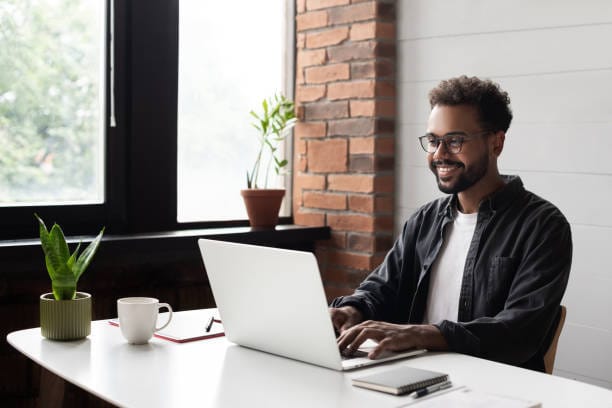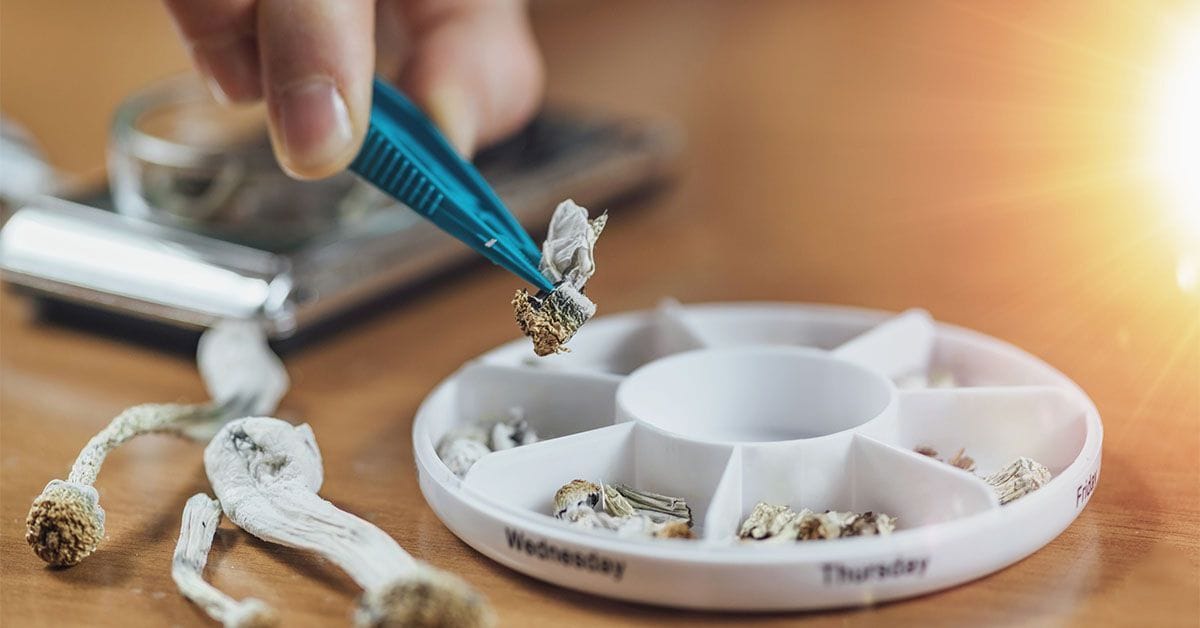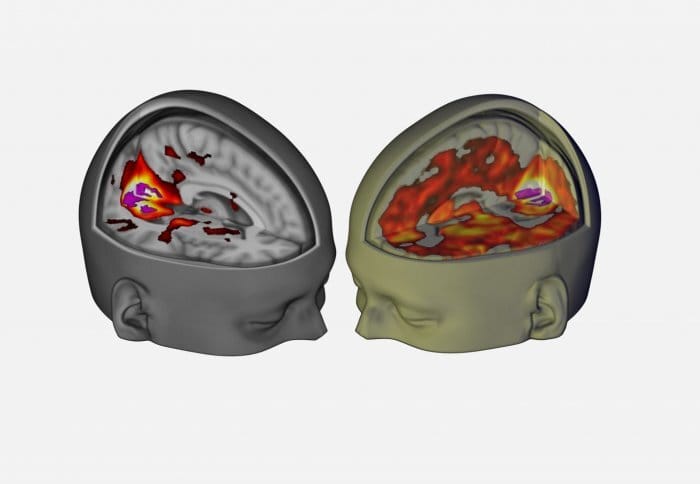- BudMother Media
- Posts
- A Beginners Guide to Microdosing
A Beginners Guide to Microdosing
A Beginners Guide to Microdosing
Microdosing has been exploding in recent years, with everyone from Silicon Valley executives, to artists claiming it enhances productivity, creativity, and general well being. But what exactly is microdosing, and why is it creating such a buzz? In this guide, we'll explore the ins and outs of this practice, helping you understand what it is, and whether or not it's right for you.
What is Microdosing?

Microdosing is the practice of taking very small, sub-perceptual doses of psychoactive substances, typically about one-tenth to one-twentieth of a regular dose. The goal isn't to get high or experience a full-blown trip, but instead to tap into potential cognitive and emotional benefits while remaining fully functional in your day-to-day life.
A microdose is so small that you shouldn't feel any of the typical psychoactive effects associated with the substance. Instead, users report subtle improvements in mood, focus, creativity, and emotional balance. It's like turning up the volume on life ever so slightly, rather than blasting the speakers at full volume.
Common Substances Used for Microdosing
While microdosing can be done with various substances, some are more common than others:
Psychedelics:
LSD (Lysergic Acid Diethylamide): A typical microdose is about 5-20 micrograms.
Psilocybin (from magic mushrooms): Usually 0.1-0.3 grams of dried mushrooms.
Cannabis:
THC: Doses can range from 1-2.5mg.
CBD: Typically 5-20mg, depending on the individual.
Other Substances:
MDMA: Much less common, but some report microdosing with 5-10mg.
Ketamine: Emerging as a potential microdosing substance, but dosage is highly variable.
Potential Benefits of Microdosing

Microdosing enthusiasts report a range of benefits, and although many of these benefits remain unproven scientific evidence is starting to catch up.
Cognitive Enhancement:
Improved focus and concentration
Enhanced problem-solving abilities
Better memory retention
Mood Improvement:
Reduced anxiety and depression symptoms
Increased emotional stability
Greater sense of overall well-being
Creativity Boost:
Enhanced divergent thinking
Increased artistic expression
Novel idea generation
Productivity Increase:
Better time management
Increased motivation
Improved work efficiency
Some users also report physical benefits like reduced migraines or improved energy levels. However, experiences can vary greatly from person to person.
Risks and Side Effects

Microdosing is generally considered to have very low risks, but it's not without potential downsides.
Physical Risks:
Slight increases in heart rate and blood pressure
Possible sleep disturbances
Nausea or digestive discomfort (particularly with psilocybin)
Psychological Risks:
Increased anxiety in some individuals
Potential for mood swings
Risk of triggering underlying mental health conditions
Legal Risks:
Most psychedelics are illegal in many countries
Long-term Risks:
The long-term effects of regular microdosing are not yet fully understood
Potential for developing tolerance or dependency
It's crucial to approach microdosing with caution and to be aware of your own physical and mental health status before starting.
How to Start Microdosing

If you're considering microdosing, here's a general guide to getting started.
1. Research and Educate Yourself: Understand the substance you're planning to use, its effects, and its potential side effects.
2. Source Safely: If you're using a legal substance like cannabis, purchase from reputable dispensaries. For other substances, prioritise safety and be aware of the risks.
3. Start Low and Go Slow: Begin with the lowest recommended dose and adjust gradually.
4. Create a Schedule: Many follow a protocol of dosing every three days, but find what works best for you.
5. Keep a Journal: Track your doses, effects, mood, and any changes you notice.
6. Set Intentions: Be clear about why you're microdosing and what you hope to achieve.
7. Have a Sober Day: Always have at least one day between doses to assess effects and avoid building tolerance.
Remember, microdosing is a personal journey. What works for others may not work for you, so patience and self-awareness are key.
Certainly! Here's the continuation of "A Beginner's Guide to Microdosing" with points 7-13:
Microdosing Protocols

There are several established protocols for microdosing, but two of the most popular are:
James Fadiman's Protocol:
Dose once every three days
Day 1: Dose day
Day 2: Afterglow day (you may still feel some effects)
Day 3: Normal day (no dose)
Repeat cycle
Paul Stamets' Protocol (for psilocybin):
4 days on, 3 days off
Combine with Lion's Mane mushroom and niacin for potential neurogenesis benefits
Remember, these are guidelines. You may need to adjust based on your personal experience and needs.
Tips for a Successful Microdosing Experience
To make the most of your microdosing journey:
Set and Setting: Choose calm, familiar environments, especially when starting out.
Lifestyle Considerations: Maintain a healthy diet, exercise regularly, and get enough sleep.
Mindfulness: Practice meditation or other mindfulness techniques to enhance awareness of subtle effects.
Avoid Mixing: Don't combine microdoses with alcohol or other substances.
Be Patient: Effects can be subtle and may take time to notice.
Listen to Your Body: If something doesn't feel right, stop and reassess.
Microdosing vs. Full Doses
Microdosing and full doses offer very different experiences.
Microdosing:
Subtle, sub-perceptual effects
Aimed at enhancing daily life
Can be integrated into regular routine
Lower risk of adverse psychological experiences
Full Doses:
Intense, often life-changing experiences
Aimed at deep introspection or therapeutic breakthroughs
Requires dedicated time and preparation
Higher potential for challenging experiences
Both have their place, but microdosing is generally considered more accessible for everyday use.
The Science Behind Microdosing

While anecdotal reports abound, scientific research on microdosing is still in its early stages.
Placebo Effect: Some studies suggest that the benefits of microdosing may be largely due to the placebo effect.
Neuroplasticity: Research indicates that psychedelics, even in small doses, may promote neuroplasticity.
Mood Regulation: Preliminary studies show potential for mood improvement and reduced anxiety.
Cognitive Function: Some research suggests enhanced cognitive flexibility and creativity.
More rigorous, long-term studies are needed to fully understand the effects and potential of microdosing.
Personal Stories and Anecdotes
While everyone's experience is unique, here are a few brief accounts from different people who microdose.
Sarah, 32, Software Developer: "Microdosing LSD helped me break through a coding problem I'd been stuck on for weeks. It was like seeing my work from a new perspective."
Mike, 45, Artist: "Psilocybin microdoses have boosted my creativity tremendously. Colours seem more vivid, and ideas flow more freely."
Emma, 28, Graduate Student: "Microdosing cannabis has helped manage my anxiety without the fog of full doses. I feel more balanced and focused."
Remember, these are personal experiences and results may differ.
Resources for Further Information
If you’re interesting in learning more about microdosing you can check out these resources
Books:
"The Psychedelic Explorer's Guide" by James Fadiman
"A Really Good Day" by Ayelet Waldman
Websites:
Erowid.org for substance information
Maps.org for psychedelic research
Communities:
r/microdosing on Reddit for user experiences and discussions
To Conclude

Microdosing offers an intriguing approach to potentially enhancing various aspects of daily life. While it's not a magic bullet, many find it a valuable tool for personal growth and well-being. As with any substance use, it's crucial to approach microdosing responsibly, with careful consideration of the legal, health, and ethical implications.
Whether you're curious about exploring microdosing or simply want to understand this growing trend, remember that your health and safety should always come first. Stay informed, start low and go slow if you choose to experiment, and always listen to your body and mind.